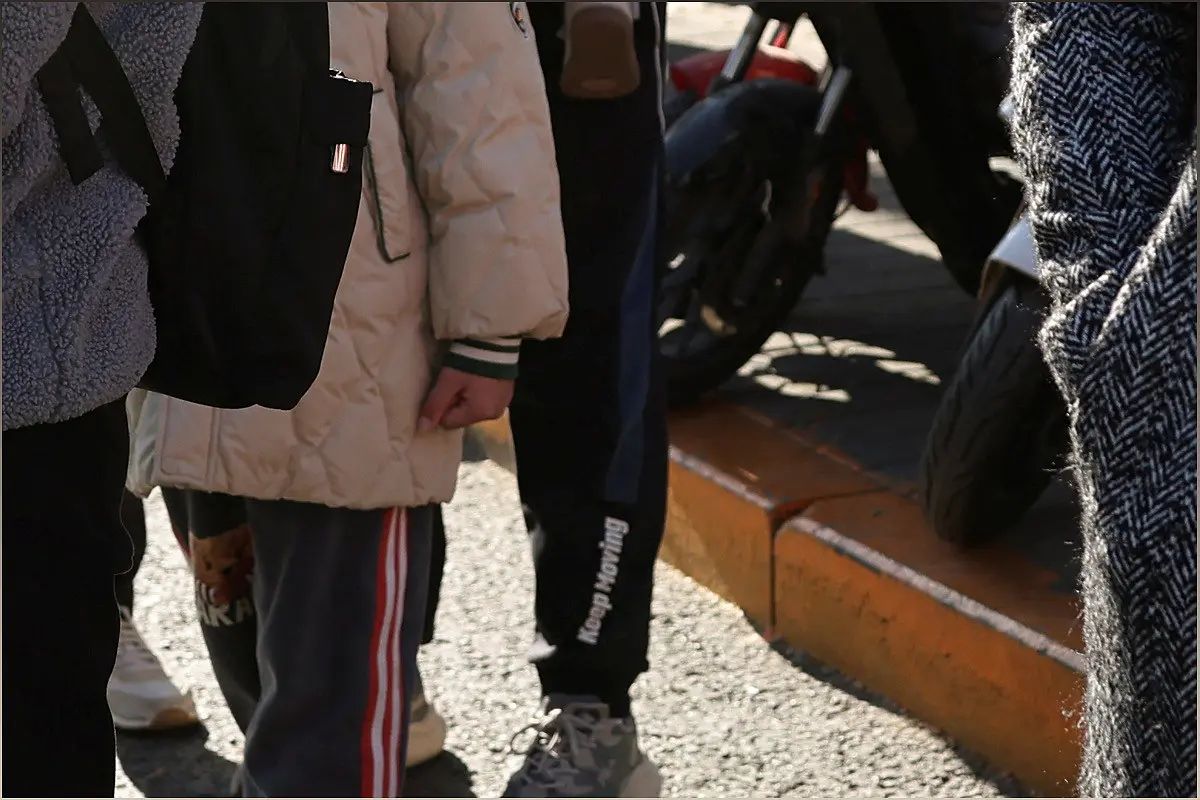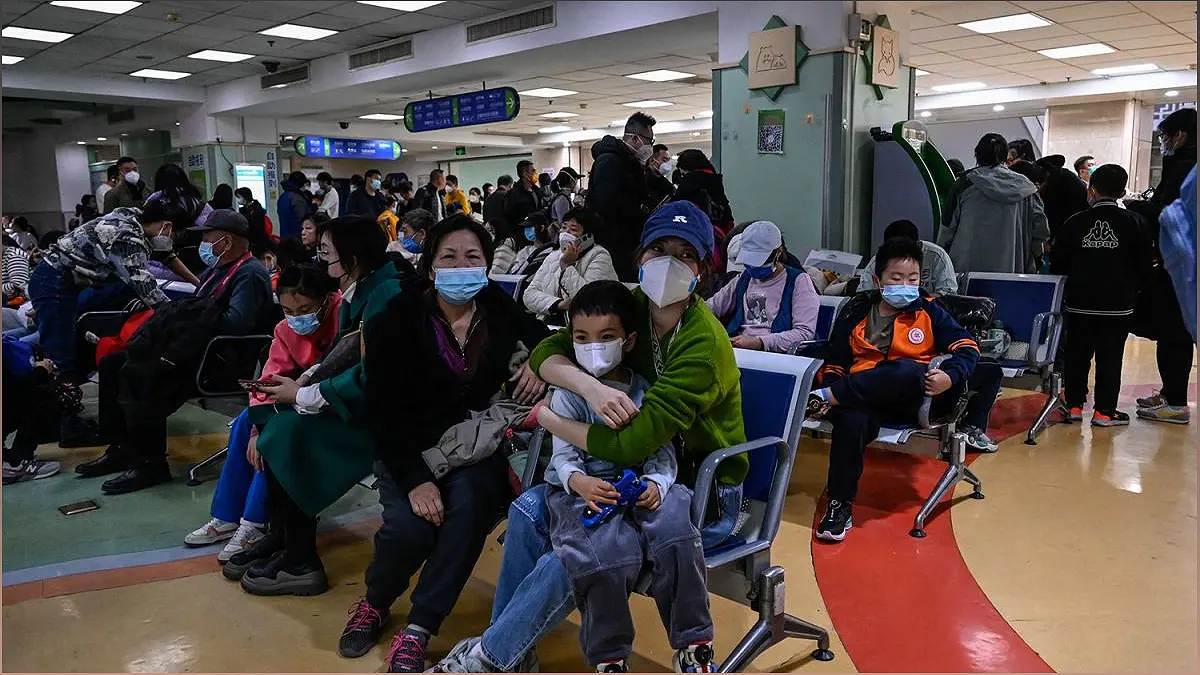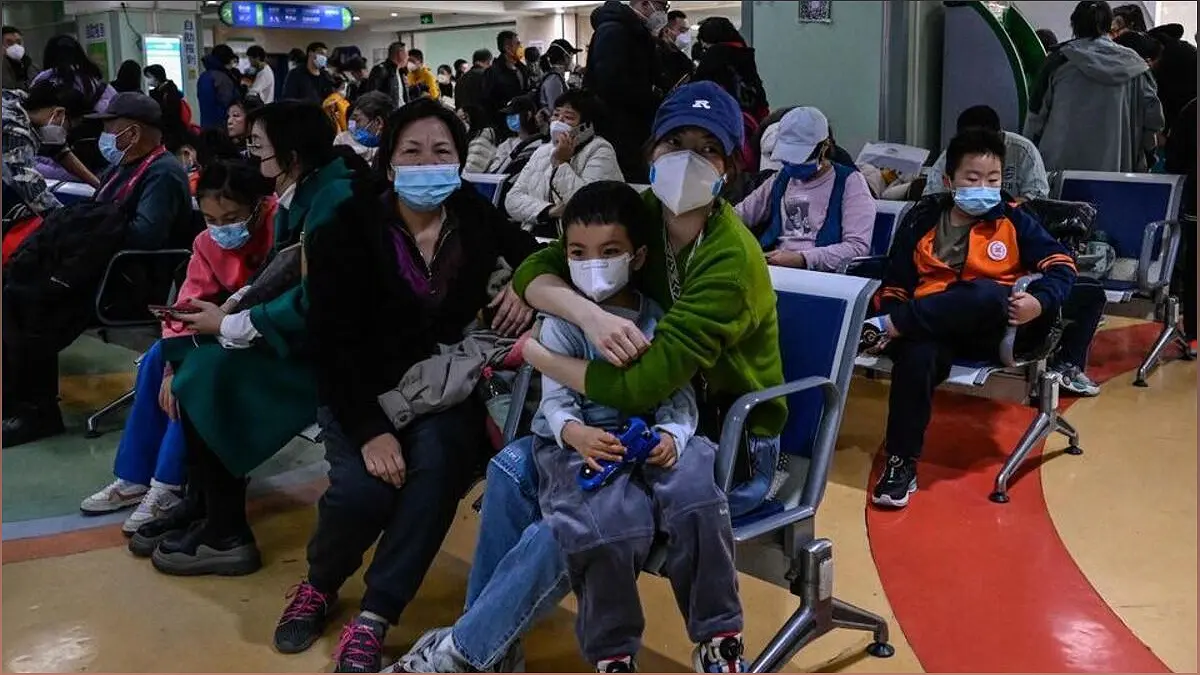Surge of Respiratory Illness in China: Vigilance Urged
China has called for vigilance as a surge of respiratory illness affects schools and hospitals. The World Health Organization (WHO) has requested disease data from China but has not detected any unusual or novel pathogens. Learn more about the situation and the precautions to take.
Respiratory Illness Surge in China
Understanding the current surge of respiratory illness in China
China is currently facing a surge of respiratory illnesses, particularly among children. This has raised concerns among health authorities and the public alike. It is important to understand the situation and take necessary precautions to protect ourselves and our loved ones.
The World Health Organization (WHO) has requested disease data from China to better assess the situation. While no unusual or novel pathogens have been detected so far, it is crucial to remain vigilant and stay informed about the latest developments.

Winter Season and Increased Cases
Exploring the impact of the winter season on respiratory illness cases
As China enters its first full winter season since lifting strict COVID-19 restrictions, there has been a notable increase in respiratory illnesses. This is not unexpected, as winter is typically associated with a higher prevalence of such illnesses.

Areas in northern China, like Beijing and Liaoning province, have reported a particularly high number of cases among children. Hospitals in these regions are warning of long waits and urging parents to take necessary precautions.
The State Council has stated that influenza will peak during this winter and spring, and mycoplasma pneumoniae infection will remain high in some areas. Additionally, there is a concern about a potential rebound in COVID-19 infections, highlighting the need for continued vigilance.
WHO’s Request for Data
Understanding the World Health Organization’s request for disease data
The World Health Organization (WHO) has requested disease data from China after a report highlighted clusters of undiagnosed pneumonia in children. This request aims to gather more information and assess the situation more comprehensively.
Both China and the WHO have faced questions about the transparency of reporting on the earliest COVID-19 cases in Wuhan. However, China has responded to the request and provided data suggesting that the cases are linked to the lifting of COVID-19 restrictions and the circulation of known pathogens like mycoplasma pneumoniae.

It is important to note that the WHO has not detected any unusual or novel pathogens at this time. The collaboration between China and the WHO in sharing data and information is crucial in understanding and effectively responding to the current situation.
Precautions and Health Advisories
Taking necessary precautions and following health advisories
Health advisories have been issued in response to the surge of respiratory illnesses in China. While measures like masks or school closures have not been imposed, it is important for individuals and communities to take necessary precautions to minimize the risk of infection.
Preliminary data suggests that there is nothing out of the ordinary and no indication of a new variant of COVID-19. This should provide some reassurance, but it is still crucial to remain vigilant and follow the guidance of health authorities.
Parents in Shanghai, for example, are not overly concerned and expect the wave of sickness to pass soon. However, they emphasize the importance of looking at the situation from a scientific perspective and taking necessary protection measures.
